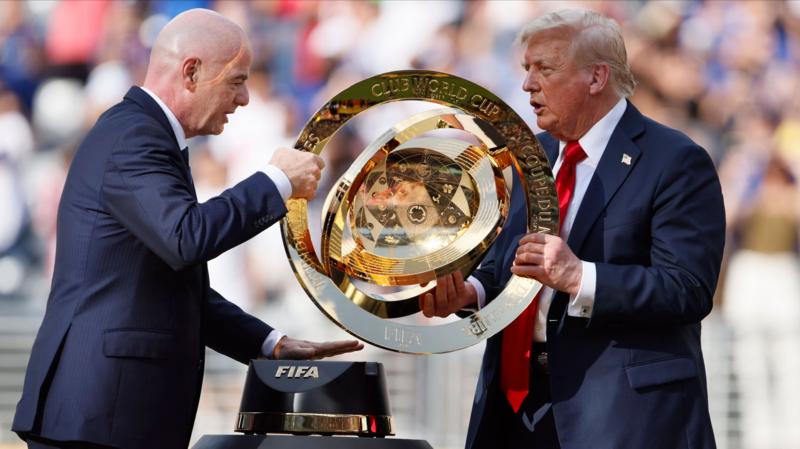Key Takeaways from Club World Cup Ahead of 2026 World Cup!




As the curtain falls on this year's Club World Cup, the soccer world turns its attention to the larger picture—preparations for the 2026 World Cup. Historically, the Club World Cup serves as a mini-preview of the host nation's readiness to manage the earth-shaking excitement of the globe's most watched sporting event. This year's tournament has thrown some interesting insights into how well-suited the U.S., Canada, and Mexico are to host the upcoming quadrennial extravaganza.
Firstly, let's consider the infrastructural and organizational prowess displayed. Stadium facilities, transportation, and logistical support around these games have offered a snapshot of how things might pan out in 2026. With a robust set of venues spread across three nations, seamless transportation and top-notch facilities were more than just a promise. Cities like Kansas City, Toronto, and Guadalajara, which are set to be key hubs during the World Cup, were under the microscope and seem to have successfully demonstrated their capability.
Perhaps even more essential than the hard logistics is the building excitement and atmosphere surrounding the games. A palpable buzz has been growing, heralding a festival of football that promises to bring together cultures from across North America and beyond. This enthusiasm is crucial, as it sets the tone for the form and fervor of fan engagement in 2026. Local communities embracing the tournament with open arms suggest a warm, vibrant setting awaits fans from every corner of the globe.
Despite the successful organization and community engagement, there have also been learning curves. For instance, navigating the complexities of hosting a multi-nation World Cup presents unique challenges. Coordination across different legal jurisdictions, languages, and cultural practices has been a testing ground for FIFA and local organizers. Adjustments made now are pivotal in smoothing out any potential hiccups that might arise when the scale is turned up for the World Cup.
Security is another facet that this year's Club World Cup has shed light on. Ensuring safety with heightened vigilance, without impinging on the celebratory spirit of the games, has been a top priority. The strategies implemented here are likely to evolve into more refined protocols come 2026, aiming for an environment where sport, and not security concerns, stands in the forefront.
Commercially, the tournament has also painted a promising picture. There's been a noticeable surge in sponsor interest and merchandise sales, underlying the lucrative financial impact the World Cup is poised to deliver. This bodes well not just for the sport but also for the local economies of the host cities—potentially accelerating growth and development as an added boon from the games.
The Club World Cup has also been a cultural showcase, bringing diverse fanbases together and fostering an environment of mutual respect and appreciation among global audiences. This cultural exchange is one of the less quantifiable yet immensely significant outcomes of such tournaments, knitting the fabric of the global football family tighter.
In conclusion, while the road to the 2026 World Cup is still paved with tasks demanding attention and refinement, the takeaways from the Club World Cup have been largely encouraging. Each game played out not just as a contest of clubs but as a stepping stone towards what could be one of the most memorable World Cups in history. As we analyze the details and broader strokes of this 'rehearsal', the excitement is undeniable, and the conclusion is optimistic—North America is gearing up to deliver a World Cup that might just live up to, or even surpass, the high expectations riding on it.